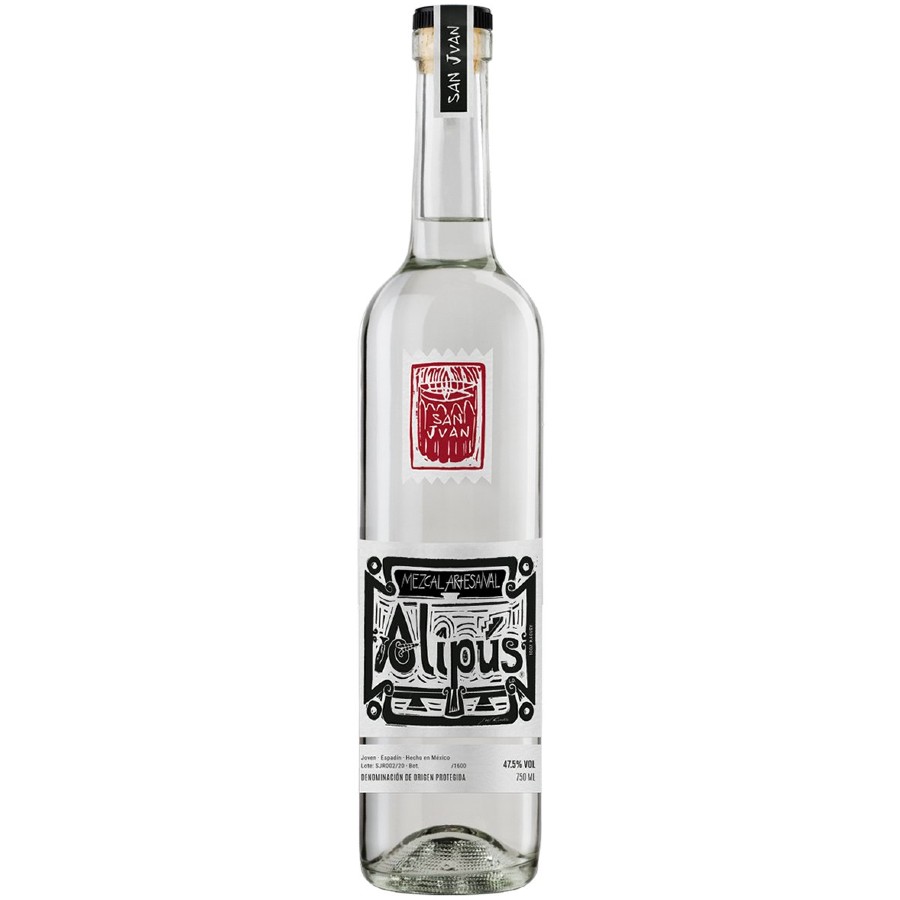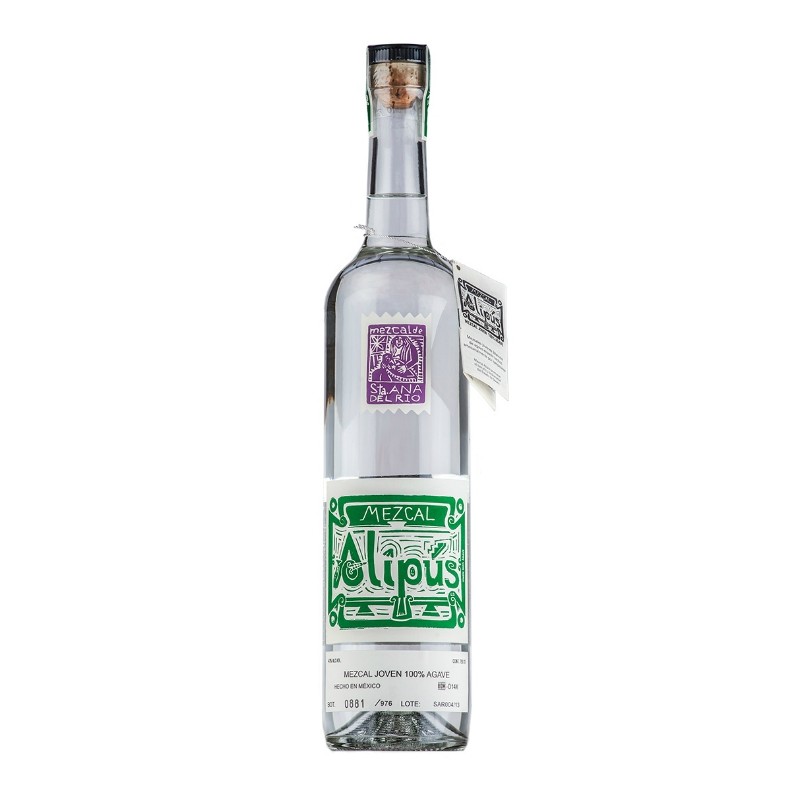

Why Trust ?īetsy Andrews has been writing about wine and spirits for two decades. So, a higher price tag simply reflects the expense of production. The agave that is their raw material is nowhere near as abundant as, say, grain for whiskey. But most mezcals are still made via laborious, artisan methods. Such brands often include information about sustainability on their websites and labels.ĭrinkers new to mezcal are often shocked by the price tag. Brands that invest in sustainable farming and harvesting of agave are the ones that are protecting the future of mezcal. Official Mexican Standard) number, indicating which distillery it came from and designating it a true product of Mexico.Īgave takes eight to 30 years to come to maturity, and communities that make mezcal rely on a consistent supply of the piñas for their livelihood. A mezcal label should also include a NOM (or Norma Oficial Mexicana, i.e. This is helpful if you’re looking for a truly artisanal, hand-made product that has not been adulterated with additives. Many mezcals include information about how they are made on their labels. But it’s wonderful sipped neat in a traditional manner, followed by an orange slice dipped in sal de gusano, a salt blended with chiles and insect larva. You can swap in mezcal in any tequila-based drink, including Margaritas, but given its rich, intense character, it’s also a good substitute for scotch or whiskey in classics like the Old Fashioned. Others, like Illegal Joven, are lighter on the smoke, emphasizing fruitiness and other flavors instead. Some, like Del Maguey Vida, have a smoke profile to rival Scotch. There are varying degrees of smoky flavor among mezcals. Mezcal is made by roasting the sweet hearts of the agave plant in an earthen pit, then crushing and fermenting them to yield a sweet mash that is distilled in copper alembic stills. Whereas the agave for tequila is steam-roasted, agave for mezcal is often pit roasted, giving it a smoky flavor. Unlike the wider mezcal category, which encompasses spirits made from upwards of 30 different types of agave, tequila can be made only with blue agave in just five Mexican states. Mezcal is an agave-based spirit, and tequila, in fact, is a type of mezcal. But if you’re a fan of fruity tobala agave, try Del Maguey Tobala instead ( view at ).įAQs What's the difference between mezcal & tequila? If you’re a fan of assertive, smoky espadín-based mezcals, go for Gracias a Dios ( view at Drizly). Here are the best mezcals available to get right now. In the below list, we've taken out a lot of the guesswork involved and selected the Oaxacan Rey Compero Tepextate as our overall favorite. She suggests visiting a mezcal bar and sampling different one-ounce pours to figure out what you like before buying a bottle. Yet, because mezcal production is high-cost-“Agave takes eight to 30 years to mature, and there’s no machine that harvests them, so it’s all manpower,” says Mix-bottles can be pricey.

Trying mezcal should be a journey through flavors of flowers, fruits, vegetables, herbs, earth, cheese, or even sour notes until you find the perfect one for you. “Not all varieties taste the same, and not every batch tastes the same. “There are many factors that go into a mezcal’s flavor profile, such as terroir, agave species, and how the mezcalero chooses to cook, ferment, and distill the plants,” says bar consultant Deena Sayers of Drinks By Deena. “It’s like not all scotch is peaty Laphroig.” “But that’s just one of many different types of mezcal,” says Mix. Most Americans know the mezcal of Oaxaca, where Espadín agave is roasted in a hole in the ground to prepare it for distilling, resulting in a smoky spirit. Mezcal is made from an array of different agaves in 13 different Mexican states.

“At its most basic, mezcal is an agave distillate,” explains Ivy Mix, co-owner of Brooklyn’s Leyenda and author of Spirits of Latin America, “But it is not just smoky tequila.” Tequila is technically a mezcal, but it is only produced in Jalisco and three surrounding states using at least 51 percent blue agave.


 0 kommentar(er)
0 kommentar(er)
